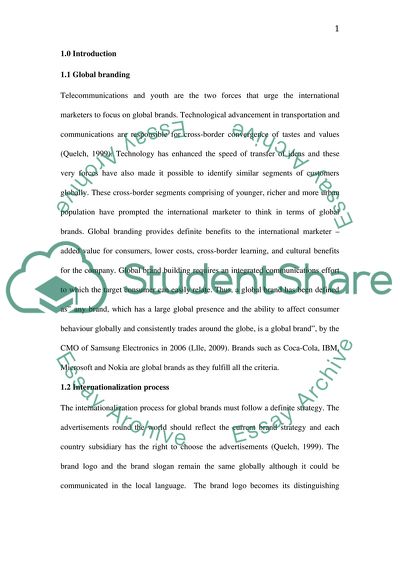Cite this document
(Analysis of International Marketing of Chinese Companies Assignment, n.d.)
Analysis of International Marketing of Chinese Companies Assignment. Retrieved from https://studentshare.org/marketing/1738206-international-marketing
Analysis of International Marketing of Chinese Companies Assignment. Retrieved from https://studentshare.org/marketing/1738206-international-marketing
(Analysis of International Marketing of Chinese Companies Assignment)
Analysis of International Marketing of Chinese Companies Assignment. https://studentshare.org/marketing/1738206-international-marketing.
Analysis of International Marketing of Chinese Companies Assignment. https://studentshare.org/marketing/1738206-international-marketing.
“Analysis of International Marketing of Chinese Companies Assignment”, n.d. https://studentshare.org/marketing/1738206-international-marketing.


